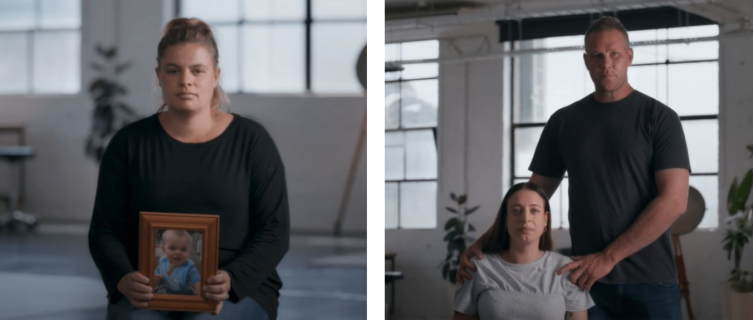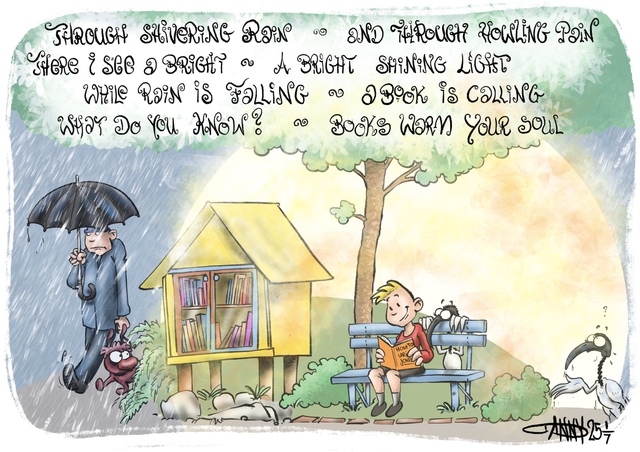Kidsafe Victoria has launched a new campaign warning parents and carers about the dangers posed by drowning hazards in regional settings, heading into the Labour Day holiday.
The call comes in a bid to reduce regional childhood drownings as statistics from the Royal Life Saving Society of Australia reveal that in 2020/21, one in three toddler drownings occurred in bodies of water such as lakes, dams, rivers and creeks.
Jason Chambers, General Manager of Kidsafe Victoria, highlighted that drowning continues to be one of the leading causes of unintentional death for Australian children under the age of 5 on farms.
“Twenty seconds and a few centimetres of water is all it takes for a toddler to drown – this means that items including dams, rivers, creeks, water tanks, animal drinking troughs, fish ponds, eskies with melted ice, buckets, and even pet water bowls, can all pose a potential drowning hazard.”
“Toddlers are naturally curious, yet don’t understand the dangers that water can pose. Because they tend to be top heavy, they can easily topple over into the water as they lean over or reach for an object”, said Mr Chambers.
As part of the new campaign, Kidsafe Victoria are encouraging parents and carers to check around their homes for potential drowning hazards and put strategies in place to help reduce the risk.
Life Saving Victoria’s Manager of Research and Evaluation Dr Hannah Calverley says that parents and carers in both regional and metropolitan areas of Victoria need to be vigilant when children are in or near water.
“Over the past decade, 56% of all drownings for children aged between 0 and 14 years-old in Victoria have been in regional areas. This data tells us that there has been a fairly even split of drownings across metropolitan and regional Victoria over the last ten years. It’s devastating and it’s a stark reminder that what might seem like a simple hazard such as a dam, bucket full of water, laundry troughs or bathtubs, can cause a lifetime of heartache. In addition to this, there are numerous families whose kids are living with lifelong brain injuries and other complications following a non-fatal drowning.”
Ash and Brooke are two mothers who know first hand the impact that drowning incidents can have. They have shared their stories as part of a series of new videos titled ‘Through My Eyes’, to help raise awareness and ensure that no other family has to live through what they have.
Ash lost her beautiful 2-year-old son, Hunter, in 2020 when he tragically drowned in a Grahamvale dam.
“Tragedy can happen in just a split second and change your life forever. We miss Hunter so much and don’t want any family to have to experience what is our new reality every single day,” said Ash.
“You can’t be complacent. Not for a second. The way that this has impacted me, and my family is raw
and painful. We buried Hunter on the Tuesday and we saw on the Friday that another 2-year-old
drowned 2 hours away from us. It just broke my heart.”
Brooke lives with the repercussions of almost losing her 13-month-old son Oscar when he toppled into an eski containing melted ice in the backyard of the family home.
“I hadn’t thought that an eski would be a hazard. I found Oscar with his little legs sticking up out of the eski and his head was under water,” explained Brooke.
“I’m sharing my story so others don’t have to live it. I want other parents to know how dangerous containers like eskies with melted ice can be and to never leave their children unsupervised around them,” said Brooke.
Kidsafe Victoria’s regional water safety tips include:
Actively supervise children around any body of water at all times – with no distractions. For toddlers, this means having an adult within arms’ reach.
Set up a safe play area away from water hazards such as dams. The safe play area should be securely fenced, close to the house, and have adequate shade as well as a range of fun and interesting things for children to do.
Ensure water storage areas such as wells and tanks are securely covered
Ensure unused holes where water can gather such as ditches, dips and post holes are filled in
Empty objects that hold water straight after use – including eskys with melted ice, wading/inflatable pools, buckets, laundry tubs and baths.
Learn CPR and update your skills regularly.







